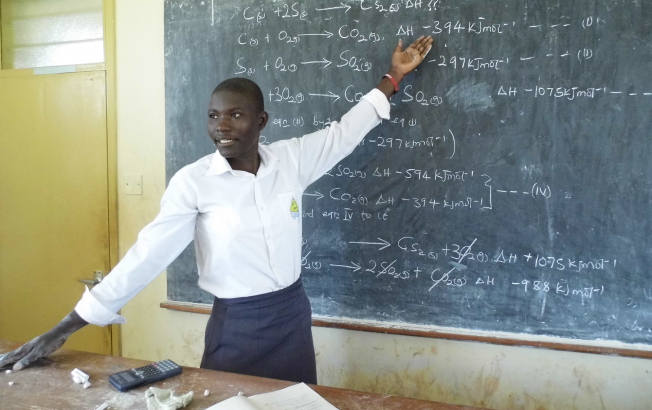Quality of education in Burkina Faso: limited policy impact due to poor understanding of problems on the ground
Despite the quality management of the Burkinabe education system and its numerous educational strategy documents: The Orientation Law, the Basic Education Sector Development Plan, the Education Sector Plan, the Integrated Strategy for the Strengthening of Pedagogical Management, the Integrated Strategy for the Continuous Training of Teachers and Pedagogical Managers, or its Quality Reference Framework for Basic Education... Burkina Faso is still not quite "top of the class". Defining strategies isn't enough to guarantee success.
The team responsible for diagnosing the quality of education carried out by the Ministry of Education with the support of the IIEP-UNESCO Dakar found that the Burkinabe system has strategies and objectives for improving the quality of education. However, without detailed knowledge of the specific challenges of each of its districts and the corresponding allocation of resources, these strategies are not reflected in the practices of the actors, and offer few results.


